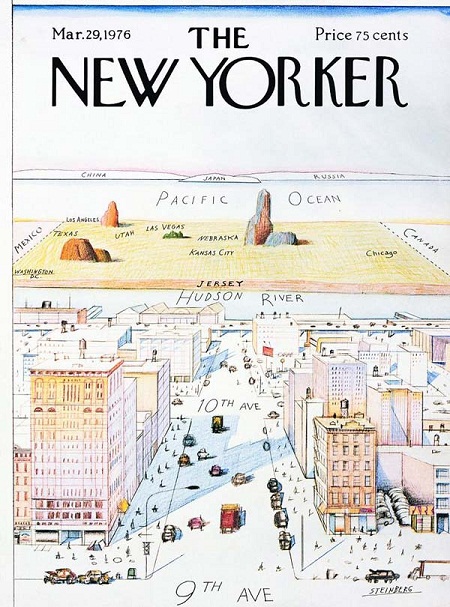I’ve noticed a curious phenomenon around Hollywood actors. There is a certain category of actor that we are entertained by, but that we don’t even begin to take seriously.
Except for that one serious role.
In other words, there is one performance in one movie, somewhere in the course of the actor’s career, that establishes a level of ability that you’d never have imagined if you’d only seen their other performances. This exact pattern happens in so many cases that I think it can’t merely a coincidence. There must be something at work here.
For example, if you had seen every single Adam Sandler performance other than P.T. Anderson’s 2002 “Punch Drunk Love”, you would think of him mainly as “that guy doing variations on “The Wedding Singer”. Sometimes cute, sometimes obnoxious, always way too full of himself, but essentially playing riffs on the same character, to the same loyal audience of fans. But the character of Barry Egan that he plays in “Punch Drunk Love” is far deeper and surprising, vastly more disturbing and thought provoking, and completely different from the predictable and silly roles he usually plays.
In fact, if the first Adam Sandler performance you ever saw was in that film, you’d probably think you were seeing a major thespian talent, and you’d rush right out and rent his other films. In which case you’d likely be very, very disappointed.
The same thing is at work in the performance Cameron Diaz gives in “Being John Malkovich”. Her portrayal of Lotte Schwartz is so intense, so layered, so unnerving, that it might stay with you for years after you’ve seen the film. And it has nothing whatever in common with the lightweight sexy/comic roles that she is known for.
The list goes on. Kevin Costner in “A Perfect World”, playing an absolutely pitch-perfect psychopath. And of course Will Farrell, whose career essentially consists of the same endlessly recycled schtick in “Elf”, “Anchorman”, and the like — basically all riffs on the same joke. Yet in just one film, he gives a beautiful portrayal of a man experiencing a deeply affecting existential crisis — and holding his own on screen with Emma Thompson — as Harold Crick in the brilliant 2006 film “Stranger than Fiction”.
This is not a new phenomenon. The usually genial and low-key Spencer Tracy will scare the hell out of you with his terrifying portrayal of Mr. Hyde in Victor Fleming’s 1941 version of “Dr. Jekyll and Mr. Hyde”. Both Grace Kelly and Bing Crosby leapt completely out of character (to wondrous effect) in the 1954 film “The Country Girl” (for which a shell-shocked Academy gave Kelly that year’s Best Actress award).
Sometimes an actor will get that one breakthrough serious role and then keep going with others. For Brad Pitt that role was Jeffrey Goines in “Twelve Monkeys”. For Bill Murray it was Phil in “Groundhog Day”. For Mark Wahlberg it was Eddie Addams in “Boogie Nights” (bringing us back around to P.T. Anderson).
But for the most part, the light comic actor, having surprised us once with unexpected dramatic gold, will slip back into their usual expected (and highly lucrative) persona, leaving us to wonder what might have been.





